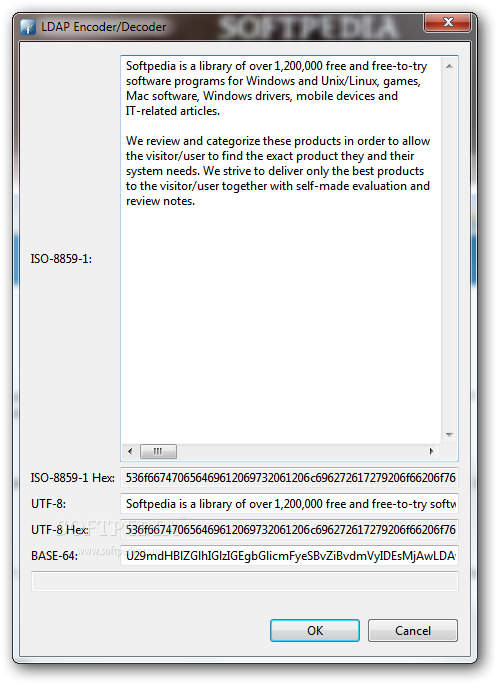

htaccessĪnd place it in your document root alongside your index.html or index.php pages. In this case, the location of your config folder is simple-create a new file simply named. Doing so has a bit of a performance overhead, so it’s not recommended for use unless you’re forced to by a shared hosting provider. htaccess files solve this issue by changing the behavior of Apache based on the folder from which the content is being served. The problem with this setup is that you don’t want people to be able to modify the configuration for other people’s sites running on the same server, so you can’t just give access to the primary config folder. Your site is bundled with many other smaller sites and ran off one big server, which cuts down on hosting costs significantly. Most of the time, if you get cheap website hosting from a service like GoDaddy or SquareSpace, you’re not renting a whole web server just for your site. It’s particularly useful for shared hosting. htaccess from your site’s document root (the place where you put your HTML and other site content). If the feature is enabled, Apache attempts to read a file named.

You can also configure Apache without even touching the root configuration. With this, you can turn sites on and off easily with the a2ensite command. It’s a special folder containing symlinks to the actual configuration files in sites-available. sites-enabled/ determines which sites are actually in use.A default site already exists that you can copy. It’s common practice to name these files according to your domain name, e.g. You can host multiple sites from the same IP Apache splits them by domain name and uses separate config files for each. sites-available/ is a directory containing a unique config file for each website your web server hosts.Run the following command to start the JMeter. Cd stands for change directory, a Linux command to move between directories.

#Apache directory studio for linux software#
If you’ve installed Apache on Windows, you likely installed it to your C:\Program Files\ directory, under “Apache Software Foundation”: C:\Program Files\Apache Software Foundation\Apache2.4\
#Apache directory studio for linux password#
Besides LDAP it supports Kerberos 5 and the Change Password Protocol. ApacheDS is an extensible and embeddable directory server entirely written in Java, which has been certified LDAPv3 compatible by the Open Group.

Just to add to the other answers here, the way I have configured such behaviour is with symlinks.


 0 kommentar(er)
0 kommentar(er)
